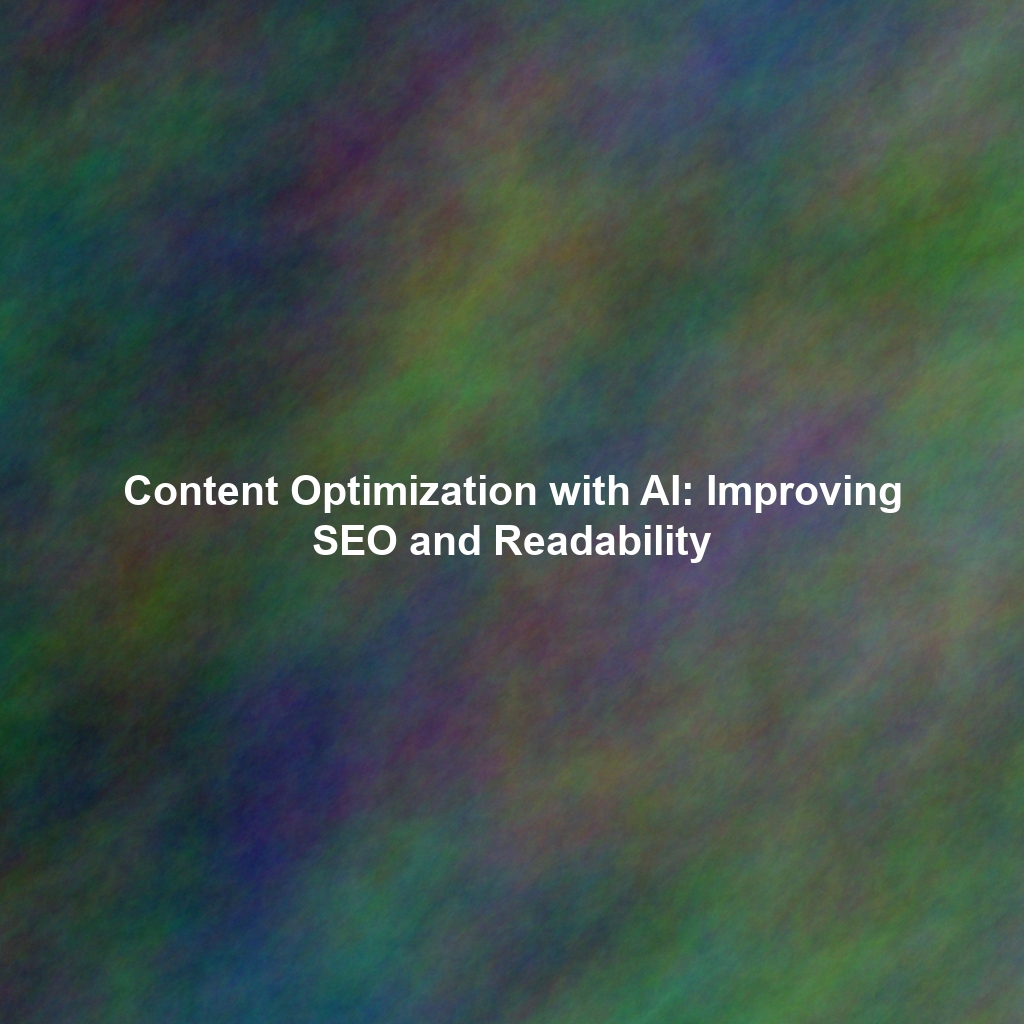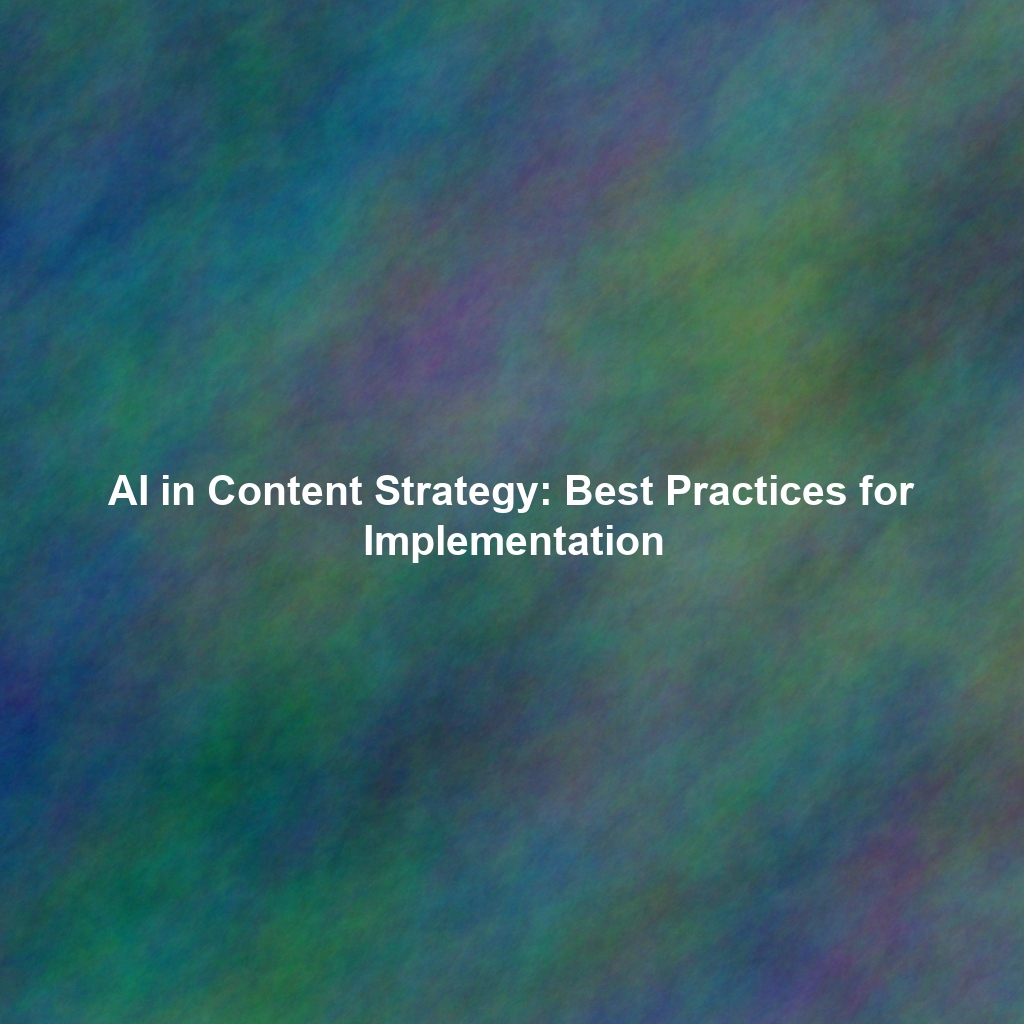In today’s hyper-connected digital age, where every click is tracked and every impression measured, it’s easy to overlook the enduring, often underestimated, power of traditional marketing methods. We’re bombarded with online ads, emails, and social media feeds. Yet, amidst this digital noise, signage and outdoor advertising remain incredibly effective, foundational tools for reaching your target audience, building indelible brand awareness, and consistently driving tangible traffic to your business. Unlike fleeting digital impressions, a well-placed sign offers a constant, undeniable physical presence. This comprehensive guide delves deep into the strategic world of non-digital marketing, focusing specifically on how to leverage the power of compelling, well-designed signage and outdoor displays to create a lasting impression that translates directly into business growth. It’s about making your physical location a powerful, silent salesperson.
Why Signage and Outdoor Advertising Still Matter: The Unseen ROI
While online marketing offers unparalleled targeting capabilities and granular data, the physical presence achieved through signage and outdoor advertising is absolutely crucial, particularly for local businesses. In a world increasingly dominated by screens, a physical touchpoint provides a sense of legitimacy, permanence, and immediate recognition. These traditional methods offer unique advantages that digital channels simply cannot replicate:
- Unmatched Visibility: Signage acts as a constant beacon. It captures the attention of passersby – pedestrians, cyclists, and drivers – making your business effortlessly discoverable. This isn’t a fleeting ad; it’s a permanent fixture that reinforces your presence every single day. For a retail store, a restaurant, or a service provider, this direct visibility is non-negotiable.
- Robust Brand Building: Consistent, well-designed, and strategically placed signage is a powerful, subconscious brand builder. It reinforces your brand identity, logo, colors, and messaging, etching them into the minds of your local community. Over time, this consistent exposure builds trust, familiarity, and a strong brand recall that digital ads often struggle to achieve in isolation.
- Direct, Unavoidable Communication: Unlike online ads that can be scrolled past or blocked, physical signage delivers your key messages, promotions, and offers directly to your target audience in their daily lives. It’s a non-intrusive yet highly visible form of communication that can prompt immediate action, whether it’s a visit, a phone call, or a mental note for future consideration.
- Hyper-Local Reach and Relevance: For brick-and-mortar businesses, outdoor advertising connects you with potential customers in your immediate geographical area – those who live, work, or travel nearby. This hyper-local targeting is incredibly efficient, ensuring your marketing spend reaches the most relevant audience for a physical establishment.
- Tangible, Persistent Impact: Unlike fleeting online advertisements that disappear after a click or a scroll, physical signage provides a constant, enduring reminder of your business. It’s always “on,” working 24/7, reinforcing your brand and message without ongoing click costs. This tangible presence fosters a sense of reliability and establishment.
- Cost-Effectiveness Over Time: While the initial investment in high-quality signage can be significant, its cost-effectiveness over its lifespan often far surpasses that of continuous digital ad campaigns. A well-maintained sign can serve as a marketing asset for years, delivering impressions at a fraction of the per-impression cost of many digital channels.
Types of Signage and Outdoor Advertising: A Strategic Toolkit
The world of signage is incredibly diverse, offering a sophisticated range of options to suit different business types, locations, and precise marketing objectives. Choosing the right type of sign is a strategic decision that impacts visibility, message delivery, and brand perception.
Exterior Signage: Your Business’s First Impression
This is the critical first impression you make on potential customers, often determining whether they even notice your business. These signs are designed for maximum visibility and impact from a distance.
- Building Signs: These are mounted directly onto your building’s facade. They can be illuminated (e.g., internally lit channel letters, halo-lit letters) or non-illuminated (e.g., dimensional lettering, flat sign panels).
- Channel Letters: Individual, three-dimensional letters, often illuminated from within, offering high visibility day and night. They project a professional, established image.
- Dimensional Lettering: Non-illuminated, cut-out letters that add depth and sophistication. Ideal for businesses seeking a more subtle or artistic aesthetic.
- Sign Panels (Fascia Signs): Flat panels mounted to the building, offering a larger canvas for graphics and text. Cost-effective and versatile.
Consider materials like aluminum, acrylic, or even wood for different aesthetic and durability requirements.
- Pylon Signs: Tall, freestanding signs, often multi-tenant, used by businesses in shopping centers, industrial parks, or along major highways. They offer exceptional visibility from a distance, making them ideal for capturing the attention of fast-moving traffic. Pylon signs are often illuminated and can include digital message boards for dynamic content.
- Monument Signs: Low-profile, freestanding signs typically located at the entrance to a business, corporate campus, or residential property. They are built from durable materials like brick, stone, or stucco, projecting an image of stability, permanence, and prestige. They often integrate landscaping and lighting for an elegant presentation.
- Window Graphics: A highly versatile and cost-effective option. Vinyl lettering, perforated window film (allowing visibility from inside but appearing solid from outside), and full-window wraps can transform your windows into dynamic advertising space. They’re excellent for promotions, hours of operation, or showcasing products.
- A-Frame Signs (Sandwich Boards): Portable, double-sided signs ideal for attracting foot traffic on sidewalks. They are versatile for promoting daily specials, events, or simply guiding customers to your entrance. Easy to update and move, they provide flexibility for dynamic messaging.
Interior Signage: Enhancing the Customer Journey
Once customers are inside your establishment, interior signage shifts from attracting attention to enhancing their experience, guiding their navigation, and reinforcing your brand message. This is about creating an intuitive and engaging environment.
- Wayfinding Signs: Essential for larger spaces or complex layouts. These signs help customers find their way around your business, directing them to specific departments, restrooms, checkout counters, or exits. Clear, consistent wayfinding reduces frustration and improves efficiency.
- Point-of-Sale (POS) Displays: Strategically placed near checkout counters or product displays, these signs draw attention to specific products, promotions, impulse buys, or special offers. They are designed to influence purchasing decisions at the critical moment of transaction.
- Informational Signs: Provide essential details about your products, services, company history, mission, or policies. This can include menu boards, service lists, or historical timelines, adding value and context to the customer experience.
- Branding Elements: Beyond functional signage, incorporate your logo, brand colors, fonts, and imagery throughout your interior space to reinforce your brand identity and create a cohesive, immersive brand experience. This includes wall graphics, lobby signs, and decorative elements.
Outdoor Advertising Beyond Signage: Expanding Your Reach
To truly maximize your outdoor presence, think beyond the traditional signs directly attached to your building. These broader outdoor advertising formats can reach a wider, more diverse audience across a larger geographic area.
- Billboards: Large-scale advertisements strategically placed along highways, major roadways, or in high-traffic urban areas. They offer massive exposure and are excellent for building broad brand awareness and simple, impactful messaging. Their effectiveness hinges on brevity and strong visuals.
- Bus Shelter Advertising: Displays on bus shelters, benches, or transit vehicles target commuters, pedestrians, and local residents. They offer repeated exposure to a localized audience and can be highly effective for businesses targeting specific neighborhoods.
- Vehicle Wraps: Transform your company vehicles into mobile billboards. A full or partial vehicle wrap provides continuous, moving advertising exposure wherever your vehicles travel, reaching thousands of potential customers daily. This is a powerful, one-time investment for ongoing brand visibility.
- Banners: Versatile, portable, and relatively affordable, banners are excellent for promoting temporary events, grand openings, special offers, or seasonal sales. They can be hung on buildings, fences, or used at events, offering flexibility and high visual impact.
- Posters: Can be placed in strategic high-foot-traffic locations like community boards, college campuses, or specific urban areas to reach a targeted demographic. They are cost-effective for localized, short-term campaigns.
Designing Effective Signage and Outdoor Advertisements: The Art of Impact
A visually appealing sign is only half the battle. Effective signage, the kind that truly captures attention and drives action, also requires careful consideration of fundamental design principles, tailored for the unique viewing conditions of outdoor environments. This isn’t just graphic design; it’s strategic visual communication.
Clarity and Readability: The Golden Rule
Your message must be instantly readable and understandable at a glance. Outdoor signs are often viewed from a distance, at speed (e.g., from a moving car), or in varying light conditions. Use large, clear, sans-serif fonts that are highly legible. Avoid overly decorative or thin fonts. Keep your wording concise and to the point. The fewer words, the better the retention. Think of the “3-second rule”: Can a passerby understand your core message in three seconds or less?
For more on readability, consider principles from organizations like the AIGA (American Institute of Graphic Arts).
Visual Hierarchy: Guiding the Eye
Prioritize the most important information by making it the most prominent element of your design. Use size, bolding, color, and strategic placement to guide the viewer’s eye through your message, from the primary call to action to supporting details. What do you want them to see first? What’s the secondary piece of information? A clear hierarchy ensures your core message is never lost.
Color and Contrast: The Power of Perception
Choose colors that are not only consistent with your brand identity but also create a strong, high contrast between the text and background. This is critical for readability, especially in varying light conditions (day vs. night, sunny vs. overcast). Consider the psychology of color and its impact on viewers – reds for urgency, blues for trust, greens for nature/health. Ensure your color choices evoke the right emotions and stand out from the surrounding environment.
Research on color psychology can be found from academic sources or reputable design publications like Smashing Magazine.
Branding Consistency: Reinforcing Identity
Ensure that your signage meticulously reflects your overall brand identity. Use consistent logos, brand colors, approved fonts, and imagery that align with your other marketing materials. This consistency reinforces your brand, making it instantly recognizable and building trust across all touchpoints. A disjointed brand presentation can confuse customers and dilute your message.
Imagery and Graphics: Telling a Story
High-quality, relevant imagery or graphics can convey complex messages quickly and emotionally. Use strong, simple visuals that resonate with your target audience. Avoid clutter or overly busy designs. The image should support and enhance your text, not compete with it. For outdoor advertising, simple, bold graphics are often more effective than intricate details.
Location, Location, Location: The Ultimate Determinant
The effectiveness of your signage depends heavily, if not entirely, on its strategic location. Choose locations with high visibility, optimal traffic flow (both vehicular and pedestrian), and minimal obstructions. Consider the viewing angle, the speed of traffic, and the surrounding environment to ensure your sign is seen, read, and understood. A perfectly designed sign in a poor location is a wasted investment.
Navigating Regulations and Permitting: The Legal Landscape
Before investing in any significant signage or outdoor advertising, it is absolutely critical to understand and comply with local zoning laws, municipal ordinances, and permitting requirements. Ignoring these can lead to costly fines, forced removal of your sign, and significant delays. This is a business imperative, not an option.
- Zoning Laws: Different areas (commercial, residential, historic districts) have specific regulations regarding sign size, height, illumination, materials, and placement. Always check with your local planning department or city hall.
- Permit Applications: Most permanent signs require a permit before installation. This often involves submitting detailed drawings, structural plans, and site surveys. Be prepared for a review process that can take weeks or even months.
- Historic District Restrictions: If your business is in a historic district, there may be additional, more stringent rules on aesthetics, materials, and even font choices to maintain architectural integrity.
- Illumination Regulations: Rules on light pollution, brightness levels, and operating hours for illuminated signs are common.
- Highway and Roadway Regulations: Billboards and signs near major roadways are often subject to state or federal regulations (e.g., the Highway Beautification Act in the US).
Measuring the Success of Your Signage and Outdoor Advertising: Quantifying the Tangible
While it can be challenging to directly track the precise ROI of physical signage in the same way you track digital ads, there are robust methods to measure its impact and demonstrate its value. This requires a strategic approach to data collection and analysis.
- Track Foot Traffic: Implement a system to monitor the number of people entering your business. This could involve simple manual counts, security camera analytics, or even modern foot traffic sensors. Compare data from before and after installing new signage or outdoor advertising to identify correlations.
- Ask Customers: Train your staff to consistently ask new customers how they heard about your business. Provide specific options like “saw your sign,” “drove by,” or “saw your billboard.” This direct feedback is invaluable for attributing new business to your physical marketing efforts.
- Use QR Codes or Unique URLs: Incorporate QR codes prominently on your signage that link to a dedicated landing page, a special offer, or a specific product page. Use a unique URL (e.g., yourwebsite.com/signageoffer) that is only promoted on your physical advertising. This allows you to track digital engagement originating directly from your physical presence.
- Monitor Website Traffic for Spikes: Look for increases in direct website traffic or localized organic search queries that correlate with the installation of new signage or the launch of an outdoor advertising campaign. While not definitive proof, strong correlations can indicate impact.
- Conduct Surveys and Brand Awareness Studies: Periodically survey your local customer base or target demographic about their awareness of your brand and how they perceive your signage. Ask questions like, “Have you seen our new sign?” or “How familiar are you with [Your Business Name]?” This provides qualitative and quantitative data on brand recall.
- Coupon Codes or Special Offers: Distribute unique coupon codes or special offers exclusively on your outdoor advertising. Tracking the redemption of these codes provides a direct, measurable ROI for that specific campaign.
- Geofencing Campaigns: For advanced measurement, set up geofencing around your physical advertising locations. This allows you to target mobile users who have been exposed to your outdoor ads with follow-up digital ads, providing a cross-channel measurement.
Maintenance and Longevity: Protecting Your Investment
A sign is a long-term investment, and like any asset, it requires proper maintenance to ensure its continued effectiveness and longevity. Neglecting your signage can lead to a degraded brand image and wasted marketing potential.
- Regular Cleaning: Dust, dirt, pollution, and weather can quickly diminish a sign’s appearance. Schedule regular cleaning to keep it looking fresh and vibrant.
- Lighting Checks: For illuminated signs, regularly check that all lights are functioning. A partially lit sign can look unprofessional and undermine your brand. Promptly replace burnt-out bulbs or repair electrical issues.
- Structural Integrity: Periodically inspect the sign’s structure for any signs of wear, rust, or damage, especially after severe weather. Address any structural issues immediately to prevent safety hazards or complete failure.
- Material Care: Different sign materials (e.g., acrylic, metal, wood) require specific care. Follow manufacturer recommendations for cleaning and maintenance to preserve their appearance and durability.
- Updates and Refreshes: While signs are long-term, your messaging or branding might evolve. Be prepared to update graphics, promotions, or even refresh the entire sign to keep it relevant and modern.
Conclusion: Mastering Physical Presence in a Digital World
In a world saturated with digital noise and fleeting online impressions, the enduring power of well-designed, strategically placed signage and outdoor advertising should not be underestimated. These traditional marketing methods are not relics of the past; they are vital components of a comprehensive, multi-channel marketing strategy, particularly for businesses with a physical presence. By understanding the diverse types of signage available, meticulously applying sound design principles tailored for physical visibility, diligently navigating regulatory landscapes, and implementing robust methods to measure their tangible results, you can leverage these powerful tools to attract attention, communicate your message with unwavering consistency, and drive significant, measurable traffic to your business. Don’t let your physical presence be an afterthought; make it a statement. It’s an investment in your brand’s visibility, credibility, and long-term success that complements and amplifies your digital efforts. The businesses that truly thrive understand that a holistic approach, blending the best of both worlds, is the ultimate path to market dominance.
 Skip to content
Skip to content

